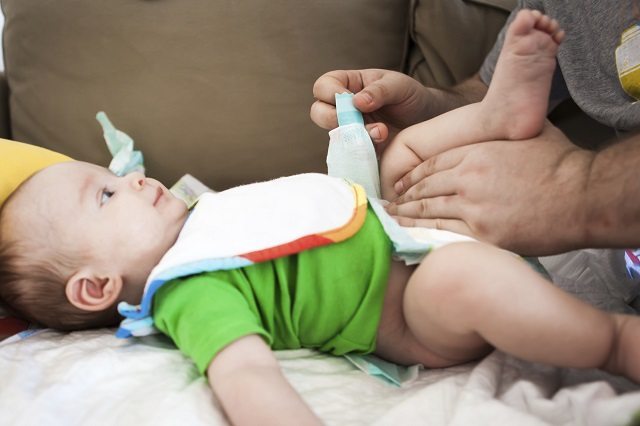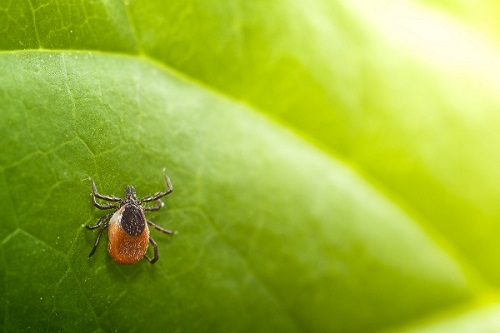The scoop on baby poop: 6 things you need to know
First of all, what’s normal for your baby will depend on how old they are, whether they are breastfed or formula-fed or whether they have started solids.
What will my newborn’s poos be like?
For the first few days after baby arrives, they will pass something called meconium. Meconium is a greeny-black substance, that has a sticky texture. It consists of a mixture of mucus, amniotic fluid and everything your baby has ingested while in the womb.
Meconium may be difficult to wipe off your baby’s bottom, but its appearance is a good sign that her bowels are working normally.
What will my baby’s poos be like if I’m breastfeeding?
If you’re breastfeeding, your colostrum, or “first milk”, will act as a laxative, pushing the meconium through your baby’s system. When your milk arrives (after about three days) your baby’s poos will change.
They will now resemble: at least the size of a €1 coin, lighter in colour, changing from a greenish-brown to bright or mustard yellow. They will also be loose in texture.
Will formula-feeding affect my baby’s poos?
Formula-fed babies are more prone to constipation than breastfed babies. Talk to your health visitor if you feel your baby has a problem.
Formula-fed babies may have different poos that breastfed babies. You may notice their poos are:
Bulkier in texture than a breastfed baby’s (a bit like the texture of toothpaste). This is because formula milk can’t be digested as fully as breastmilk.
Pale yellow or yellowish-brown in colour.
Strong-smelling, more like an adult’s.
Will my baby’s poos change if I switch from breastmilk to formula milk?
Any change to their diet will alter their poos and formula is no different. Their poos may become darker and more paste-like. They may also be smellier.
While you’re making the change from breastmilk to formula, try to do it slowly, ideally over a period of several weeks. This will give your baby’s digestive system time to adapt and help to prevent her becoming constipated. Once your baby has adapted to the bottle, they may settle down into a completely different pooing routine.
What will my baby’s poos be like when she starts solids?
Starting your baby on solids will dramatically change their poos.
Foods will influence their poos greatly, ie: If you feed her pureed carrot, the contents of her next nappy will be bright orange.
You may find fibre-rich foods, such as raisins or baked beans, pass straight through your baby and end up in her nappy. This will change when she gets older and is able to digest fibre more efficiently.
As she moves on to a wide variety of foods, your baby’s poos will become thicker, darker, and a lot more smelly.
What sort of poo is not normal?
Diarrhoea
Your baby may have diarrhoea if:
- her poo is very runny
- she is pooing more often, or passing larger amounts than normal
- the poo is explosive or spurts out of her bottom
Constipation
Many babies turn bright red and push hard when they do a poo. This is normal.
Constipation, on the other hand, is when:
- Your baby seems to have real difficulty doing a poo.
- Her poos are small and dry, like rabbit droppings. Alternatively, they may be large and hard.
- Your baby seems irritable, and she strains and cries when she does a poo.
- Her tummy feels hard to the touch.
- Her poos have streaks of blood in them. This can be caused by tiny cracks in the skin, called anal fissures, caused by passing hard poos.
maternity & infant
Originally posted 2015-02-17 16:06:03.









